Sutjeska National Park
The Sutjeska National Park (Serbo-Croatian: Национални парк Сутјеска, Nacionalni park Sutjeska, pronounced [sûtjɛska]) is a national park located in Bosnia and Herzegovina. Established in 1962, it is Bosnia and Herzegovina's oldest national park. It includes the highest peak of Maglić at over 2,386 metres (7,828 ft), on the border with Montenegro. The Montenegrin part of Maglić massif in the park has also formed the Trnovačko Jezero (Trnovačko Lake). The Strict Nature Reserve "Perućica", one of the last two remaining primeval forests in Europe, is part of the park. The park is also famous as being the location of the Battle of the Sutjeska in 1943 during World War II. It is an affiliated member of EUROPARC Federation.
The park was established in 1962,[1] and is the largest and the earliest declared national park in Bosnia and Herzegovina. Its declaration was based more on it being the site of historic battles rather than for conservation.[2]
Perućica forest reserve, located within the national park, was established in 1952,[1] as a "Natural reserve for scientific and educational purposes".[3] Perućica, which is one of the last two remaining primeval forests in Europe, is one of the five Strict Nature Reserves in Bosnia and Herzegovina.[3]
The park is also famous as being the location of the Battle of the Sutjeska which lasted from 15 May to 16 June 1943 during World War II, where the Partisan were victorious over the German occupying forces in a battle. In the battle, the Partisans were led by the Supreme Headquarters of Yugoslavia by Marshal Josip Broz Tito who foiled the enemy’s plans. The Partisans were successful in breaking out of the encirclement even though they lost one third of their men. Several large Partisan’s Memorial stone monuments commemorate this event at the northern edge of the park at Tjentište, on the way to primeval Perucica forest reserve.[4][5][6]


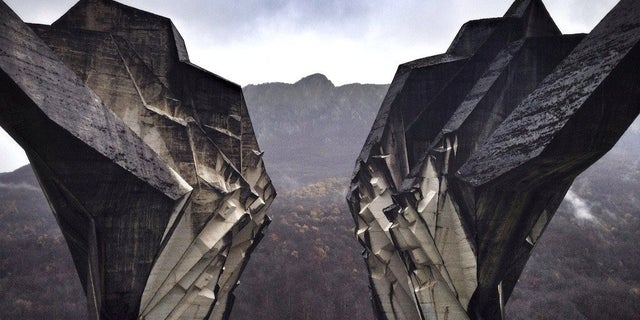





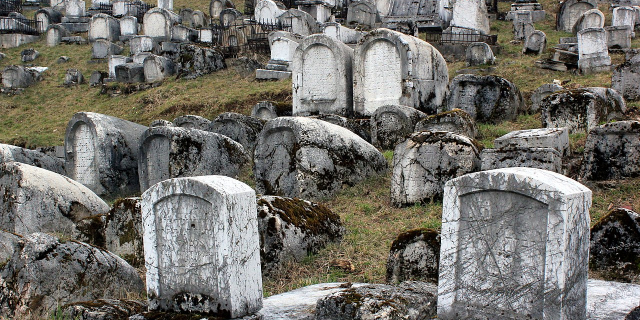


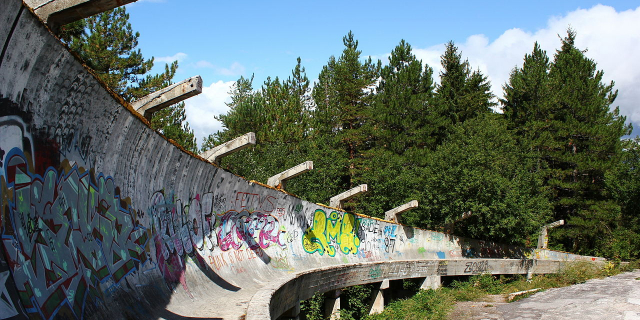

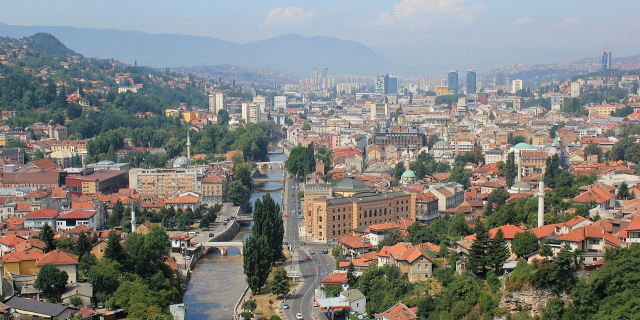






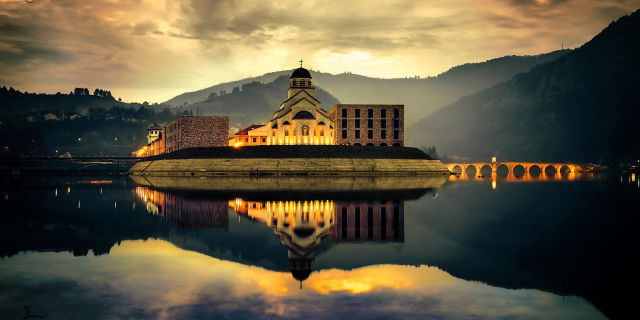

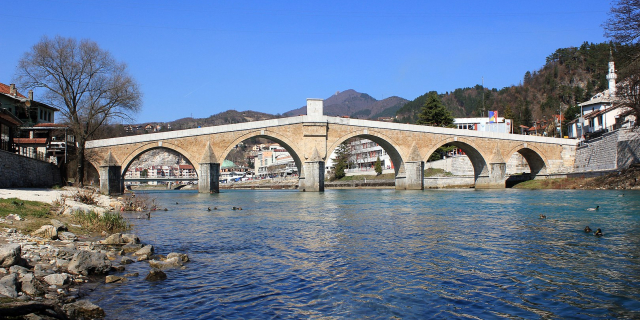
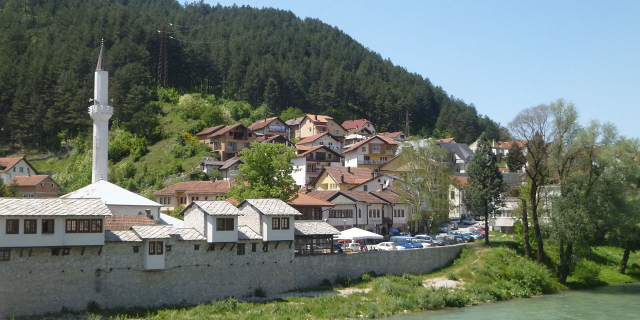
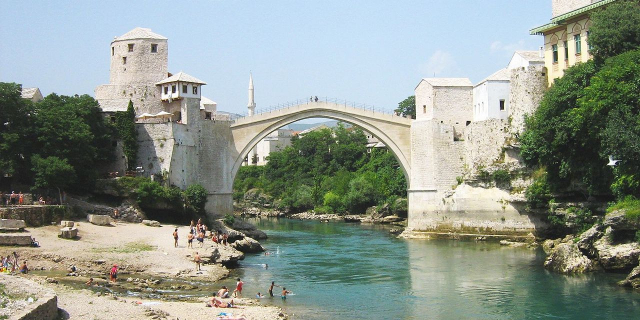
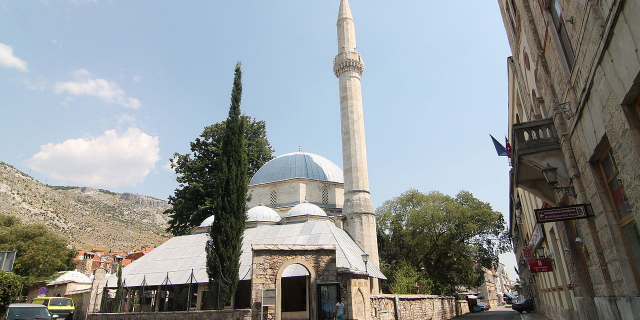




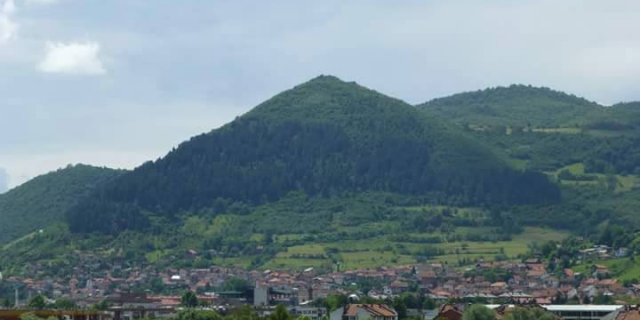

Add new comment